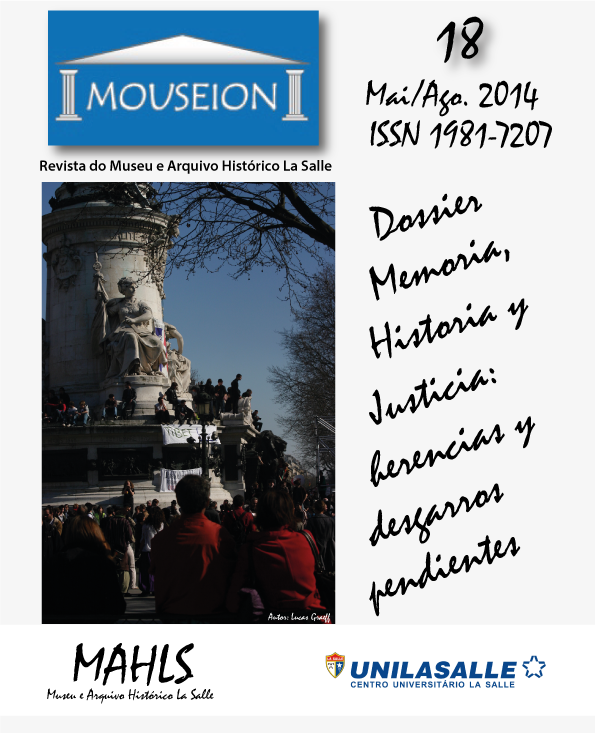Atrocity, links and public punishment. Legal nature and procesual device. Rosario (Argentina), 1850-1900
DOI:
https://doi.org/10.18316/1679Keywords:
Atrocity, Homicides, Public punishment, Legal culture, CrimeAbstract
This paper studies how the atrocity, that is to say, the criminal qualification of the Old Regime continued operating in court during the 19th century. This can be observed from demands that were presented at the Common Court of Justice of the 2nd Constituency of the State of Santa Fe, based in the city of Rosario, during the second half of the 19th century, by homicides that have the aggravation by the fact that there is a link between the dead and the killer, and also, for suicides. The legal complexity of the period that is being analyzed and the incipient jurisprudence show “conceptual and legal” senses of the old Code, in face of the judicial decisions that fit the new legal models. Not only the lack of evidence, but also, some difficulties with the procedure, determined the decrease of penalties in the above mentioned cases, which continued being qualified as atrocious.Downloads
Published
2014-09-04
Issue
Section
Dossiê
License
Authors must submit their manuscripts to be published in this journal agree with the following terms:
Authors maintain the copy rights and concede to the journal the right of first publication, with the paper simultaneously licensed under the License Creative Commons attribution that permits the sharing of the paper with recognition of authorship and initial publication in this journal.
Since the articles are presented in this journal of public access, they are of free use, with their own attributions for educational and non-commercial purposes.


